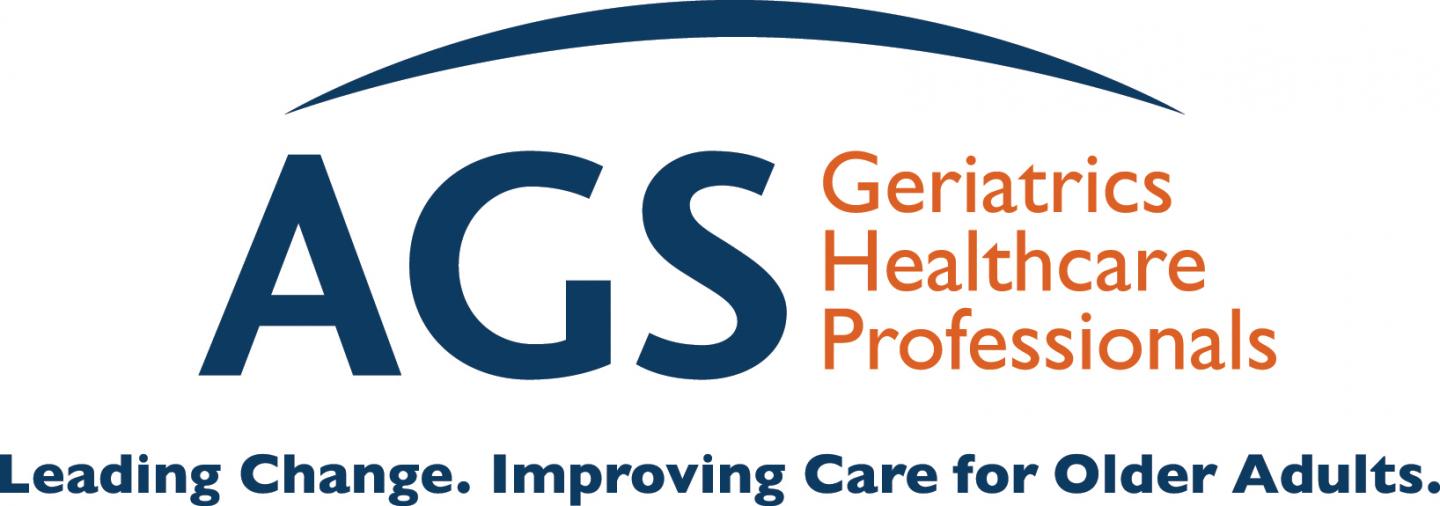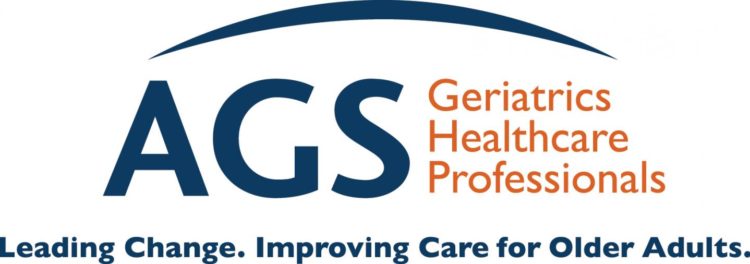
Credit: (C) 2019, American Geriatrics Society
Experts at a prestigious medical conference hosted by the American Geriatrics Society (AGS) and funded by the National Institutes of Health’s (NIH’s) National Institute on Aging (NIA) hope their work–reported this week in the Journal of the American Geriatrics Society (JAGS)–can help yield hard evidence to address the range of “soft tissue” and bone disorders that contribute to falls, fractures, and muscle loss as we age.
“Falls, fractures, and muscle loss all have a major impact on our health as older adults, not only because they stop us from keeping active but also because that inactivity can have a ripple effect on all aspects of health and quality of life,” said Cathleen Colón-Emeric, MD, MHSc, FACP, AGSF, who co-chaired the AGS-NIA conference this past March. “By looking at some of the key and interrelated health conditions that can contribute to falls, fractures, and muscle loss, we hope we can contribute to closing knowledge gaps as we develop better care.”
The AGS-NIA “U13” conference (the term for a scientific conference funded by the NIH) brought together more than 80 national and international experts to discuss the present and future state of research on age-related aspects of osteoporosis (the medical term for bones becoming weak or brittle) and soft-tissue disorders (so named because they impact muscle, fat, and other “soft” tissue under the skin). The conference came at a pivotal time. As the prevalence of bone and soft-tissue disorders mounts–it is estimated, for example, that one in four older women and one in 20 older men already have osteoporosis–so too do alarming and interrelated consequences. Osteoporosis and declines in soft-tissue health are known to increase risk for falls, fractures, and frailty, which in turn limit health, safety, and independence as mobility begins to wane.
For older adults and caregivers, the challenge rests in preventing these conditions as often as possible. For health professionals, that means addressing an even broader set of questions about when and how these conditions arise, and what can be done to reduce risks as much as possible. Attendees at the AGS-NIA U13 conference hope the answer lies in a deeper look at fundamentals: What we know, what we don’t, and what we can change when we jointly consider age, bone and muscle health, and the health conditions linking them.
Conference attendees noted, for example, that a key research priority must be identifying the “prime movers in biology,” or the principal treatment targets that can address the root causes of bone and soft-tissue concerns. Refining our knowledge of how medications and other interventions like diet and exercise impact individual cell types–and even whole body systems–will be key to improving care for us all as we age.
At the same time, current perspectives on health care and health research also need to change. Developing medications to address bone and soft tissue changes that come with age can be uniquely challenging, for example, because age itself is not a disease or research endpoint recognized by the U.S. Food and Drug Administration (the federal agency that bears responsibility for approving any current or future pharmaceutical treatments).
But measures of muscle and bone function may prove helpful in this regard since they hold promise for contributing to the development of treatments to delay, prevent, or reverse a key contributor to age-related decline: Senescence, or the loss of our body cells’ power to divide and grow as they did when we were younger. Concurrently, the conference attendees also asserted that health care needs to embrace a “life-course approach” to treating bone and soft tissue concerns, since body composition and muscle function change as we grow older.
“We know more today than we ever have about the impact of bone and soft-tissue disorders on quality of life and risks for declining health and even death,” Bruce Troen, MD, AGSF, co-chair of the meeting, observed. “We now need to chart a course toward identifying risk factors, health disparities, and promising interventions to treat and prevent these concerns. We’re confident our work at the conference resulted in a roadmap for progress.”
###
The AGS-NIA U13 conference on osteoporosis and soft-tissue disorders was the second in a three-part series designed to provide updates on cutting-edge research and facilitate collaboration among experts. Editorials summarizing this meeting and an earlier gathering on sensory impairment and cognitive decline are both available for free from JAGS. The third AGS-NIA conference on cancer and cardiovascular disease will take place in fall 2020. This research was supported by the NIA of the NIH under Award 5U13AG054139. The content is solely the responsibility of the authors and does not necessarily represent the views of the NIH, the NIA, or the U.S. government.
About the American Geriatrics Society
Founded in 1942, the American Geriatrics Society (AGS) is a nationwide, not-for-profit society of geriatrics healthcare professionals that has–for more than 75 years–worked to improve the health, independence, and quality of life of older people. Its nearly 6,000 members include geriatricians, geriatric nurses, social workers, family practitioners, physician assistants, pharmacists, and internists. The Society provides leadership to healthcare professionals, policymakers, and the public by implementing and advocating for programs in patient care, research, professional and public education, and public policy. For more information, visit AmericanGeriatrics.org.
Media Contact
Daniel Trucil
[email protected]
212-308-1414
Original Source
https:/
Related Journal Article
http://dx.





